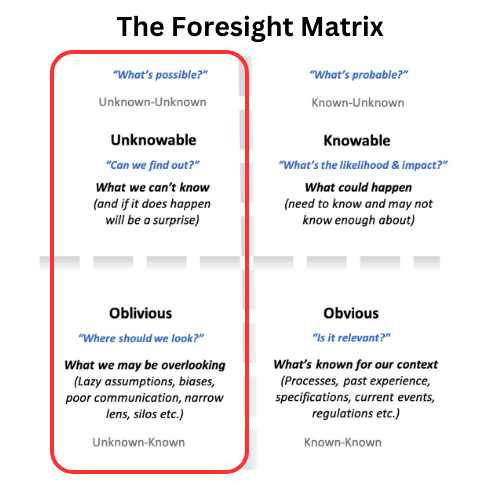
Everyone loves a ‘rule of thumb’
Good heuristics lead to better cost estimates with your large, complex project. They can also help you uncover—and mitigate—the risks.
By Mark Thompson
While giving testimony as an expert witness in a complex dispute, I encountered an intriguing question from a tribunal member. Could the claimed costs for each of the disputed aspects of the project be used to calculate a ‘universal unit cost’, representing the materials and work required for any job across the project?
He was seeking an ‘order-of-magnitude’ calculation to aid the tribunal’s assessment of the claims and counterclaims of the disputing parties. The tribunal member thought that getting such a ‘feel’ for the numbers could offer valuable context and a useful sense-check. I was happy to oblige, but the lawyers agreed we didn’t have the time.
On another project, our client’s experience suggested that a ‘quick and dirty’ cost of reactivating platform drilling topsides facilities in the UK North Sea was about £500k for every six months the facilities had lain idle.
Everyone, it seems, loves a rule of thumb when it comes to estimating. The recognized maestro of such approximations was the Italian physicist Enrico Fermi, with his famous conundrum: ‘How many piano tuners are there in Chicago?’ I believe the big consulting firms like to ask their interviewees something similar, substituting gas stations or the like, since pianos and piano tuners are increasingly rare.
‘How many piano tuners are there in Chicago?’
Fermi’s wizardry only became obvious to his audience in hindsight as he revealed the logical, commonsense assumptions he used to derive his impressively accurate off-the-cuff estimates. This is a useful party trick. But how useful is it in the world of large, complex projects when budgets, and cost overruns, can vary wildly and people in most organizations only ever see a handful in their career?
Reading ‘How Big Things Get Done’, by Professor Bent Flyvbjerg and Dan Gardner, I came across Appendix A – Base Rates for Cost Risk, featuring an interesting table listing ‘Mean Expected Cost Overrun Percentage’ for 25 project types including those in the energy industry: oil & gas, wind, solar, hydro, nuclear and others.
Their data cover 16,000+ projects—a pretty astonishing sample size for a set of normalized variables. What interested me, however, were the words ‘mean expected’ in the column header. Meaning that, way before any decisions are made, anyone thinking about undertaking an oil and gas project can expect a cost overrun of 34%; for a wind energy project 13%; and so on. These percentages also jive with our own experience from our involvement across a far more modest 250-plus large, complex upstream energy project portfolio. Incidentally, for solar projects the cost overrun was just 1% which explains why no firm calls us in for those.
How is this useful?
Our ‘Foresight Matrix’ depicts ‘what’s probable’ versus ‘what’s possible’ from a risk perspective on projects. Flyvbjerg & Gardner’s work provides a rule of thumb representation of the cost risk associated with the ‘unknowable’ and ‘oblivious’ quadrants of the Foresight Matrix (see below).
________________________________

Mean expected cost overruns in energy sectors:
120% for Nuclear
75% for Hydroelectric Dams
34% for Oil & Gas
13% for Wind Power
etc
[Source: How Big Things Get Done, Bent Flyvbjerg & Dan Gardner]
________________________________
In my view, Flyvbjerg & Gardner’s mean expected percentage ‘cost premium’ provides a strong value-added argument for investing in efforts to overcome what your project team may be oblivious to. This requires a holistic approach, such as our own Peak PRM which incorporates our Foresight Matrix and Project Horizons software.
Oh, and Fermi estimated that there were 225 piano tuners in Chicago, at a time when there were 290. Not bad for no prior knowledge. But at the end of the day, like so many projects, he still underestimated.
________________________________
Can we help you?
Our Foresight and Oversight services are designed to help you deliver project success, even if the process is sometimes uncomfortable.
If you feel your project is stepping over a boundary, try our assessment tool: Project Horizons
________________________________
[Image credit: tape measure by Diana Polekhina on Unsplash]


